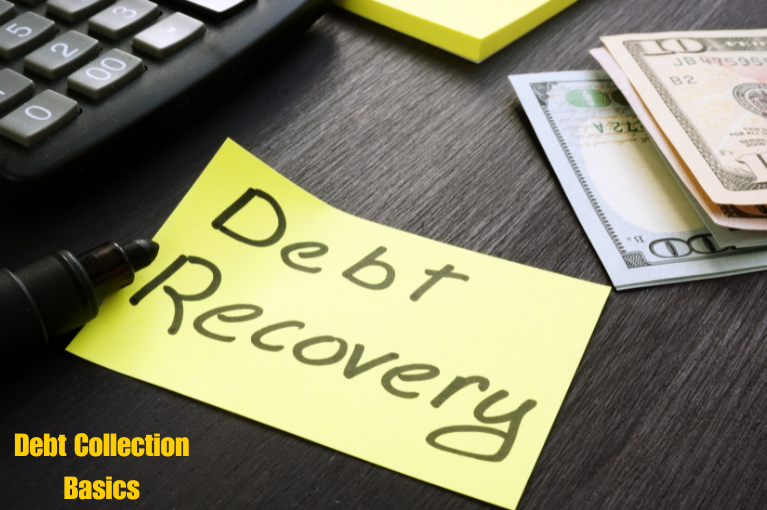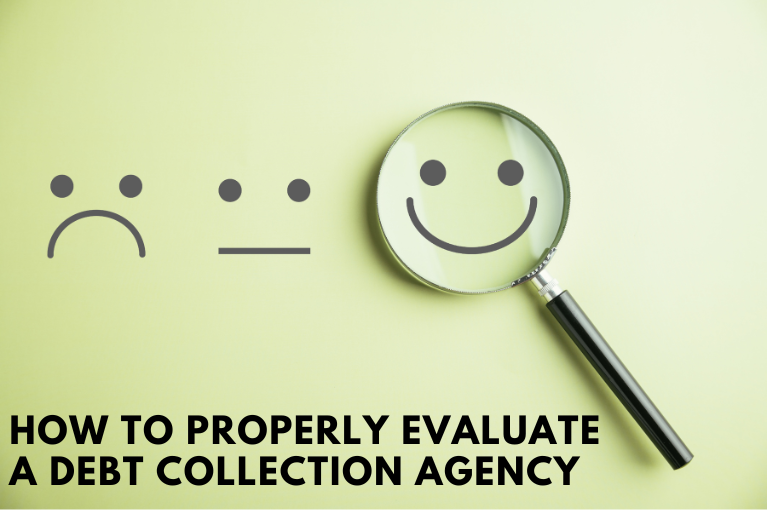Millions of Americans are struggling with massive amounts of debt all over the country these days, and diving deeper into the numbers shows that some areas are actually suffering more than others.
Depending on the parameters you are using to define debt issues, you might find that things are worse in different parts of the country. However, one thing that is consistent no matter where you look is that outstanding debt is suffocating communities across the country.
Let’s take a quick look at some of the key areas that are struggling the most and put together some ideas on how they might be able to battle these difficult issues.
Debt Numbers by Balance Owed
A recent article published by Fox Business documented that New Mexico is the worst state in terms of the amount of debt owed, and that it is closely followed by a number of southern states like Louisiana, Arkansas, and Mississippi.
That same article also noted that Massachusetts has the best track record in terms of the amount owed, but that Midwestern states like Minnesota, Wisconsin, and Utah rank very well by these qualifications as well.
With northern states doing better than southern states, one could easily begin to form an argument that debt is directly tied to overall income, but that wouldn’t necessarily be telling the whole story.
Debt Numbers by Maxed Out Credit Cards
Business Insider recently published an article that highlights nine U.S. cities that have the highest percentages of maxed out credit cards, which is a different way to frame the numbers surrounding the country’s debt crisis.
Sorting the number this way shows us that there is still a significant problem in the southern states, but that the problem is largely focused in the major cities down south. This holds true in the north as well with New York City ranking second behind only Bridgeport, Connecticut.
With maxed out credit cards being so prevalent in major cities, we have to account for the fact that cost of living issues might have just as much to do with credit card debt as overall income.
Getting Out of Debt
Regardless of what causes consumers to fall into the debt trap, getting out of it can be more difficult than anyone wants to give them credit for, especially if they are struggling with low incomes in a high-cost-of-living city.
The first step towards escaping any debt situation is always going to be cutting expenses and increasing income, but that can often be easier said than done for city-based consumers and consumers with lower incomes.
After taking some time to consider consumer debt by location, we could begin to look at the problem as more of a systemic issue than something as simple as irresponsible consumers overspending themselves into trouble.
And regardless of how you feel about those consumers, once anyone falls into debt, it quickly becomes easier to dig the hole deeper than it is to climb out of it.






